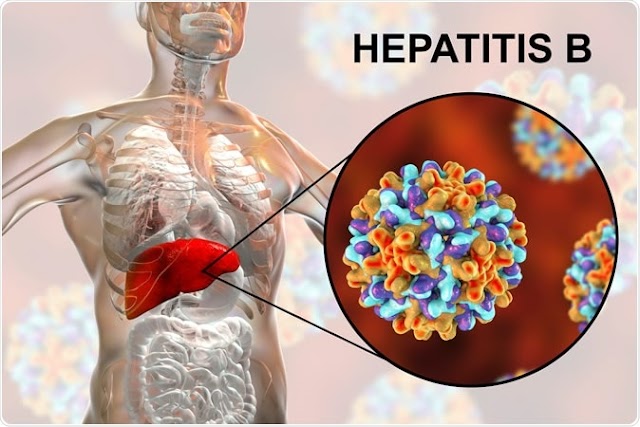Lung cancer is a disease characterized by the uncontrolled growth of abnormal cells in the lungs. These cells can form tumors and spread to other body parts through the bloodstream or lymph system. There will be approximately 228,820 new lung cancer cases in the United States alone in 2021.
There are two types of lung cancer:
Non-small cell lung cancer (NSCLC)
Small cell lung cancer (SCLC). It is typically slower-growing and less aggressive than SCLC, a more aggressive and fast-growing type of lung cancer that accounts for about 15% of all lung cancer cases.
Risk factors for lung cancer include:
- Smoking.
- Exposure to secondhand smoke.
- Exposure to certain chemicals and pollutants.
- A family history of the disease.
The most significant risk factor for lung cancer is smoking, with an estimated 90% of all lung cancer deaths in the United States being caused by smoking. Other risk factors include exposure to radon, a naturally occurring radioactive gas found in homes and buildings, and certain chemicals, such as asbestos and diesel exhaust.
Symptoms of lung cancer include persistent coughing, chest pain, shortness of breath, and weight loss. However, these symptoms can also be caused by other conditions, and many people with lung cancer do not experience any symptoms in the early stages of the disease.
Diagnosis of lung cancer typically begins with a physical exam and a review of the patient's medical history. If lung cancer is suspected, imaging tests such as a chest X-ray, CT scan, or MRI may be ordered. A biopsy, in which a small tissue sample is taken from the lung and examined under a microscope, is often used to confirm a lung cancer diagnosis.
Treatment options for lung cancer depend on the stage of the disease and the patient's overall health. Surgery, radiation therapy, and chemotherapy are the most common treatments for lung cancer. Surgery is often the first treatment choice for early-stage lung cancer. At the same time, radiation therapy and chemotherapy are often used for more advanced stages of the disease. Targeted therapy and immunotherapy are newer treatments that are becoming more widely used for lung cancer, particularly for patients with progressive disease.
The prognosis for lung cancer depends on the disease's stage at the diagnosis. The five-year survival rate for patients with early-stage lung cancer is about 55%. However, the five-year survival rate for patients with advanced-stage lung cancer is only about 5%.
Lung cancer prevention primarily focuses on reducing risk factors, such as quitting smoking and avoiding exposure to certain chemicals and pollutants. Regular screenings for lung cancer, such as low-dose CT scans, can also help to detect the disease early when it is more likely to be treated successfully.
In conclusion, lung cancer is a severe and deadly disease caused by the uncontrolled growth of abnormal lung cells.
The risk factors include:
- Smoking.
- Exposure to certain chemicals and pollutants.
- A family history of the disease.
Symptoms of lung cancer include persistent coughing, chest pain, shortness of breath, and weight loss. Still, many people with lung cancer do not experience symptoms in the early stages of the disease. Treatment options for lung cancer include surgery, radiation therapy, and chemotherapy, and targeted therapy and immunotherapy are newer treatments that are becoming more widely used.











0 Comments